Our baby potty is specially designed for babies, When your baby uses the baby potty chair, it can cultivate his ability to go to the toilet independently. The difference between the baby potty and adult toilet is that its overall model is greatly reduced, which is mainly designed according to the height and flexibility of the baby.
After using the baby potty, the baby will no longer urinate anywhere at any time, so that the baby can understand the concept of hygiene from an early age. This baby potty training toilet has a drawer design, which can make the room cleaner when dealing with poop. As children grow up, they can adapt to adult toilets more quickly.
As the baby grows up, it is necessary to buy a comfortable potty chair. For babies who can't fit or reach an adult-size toilet, please be sure to choose the one with the right size. Our baby potty training can meet your various needs and is suitable for children over six months.
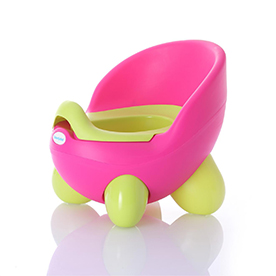
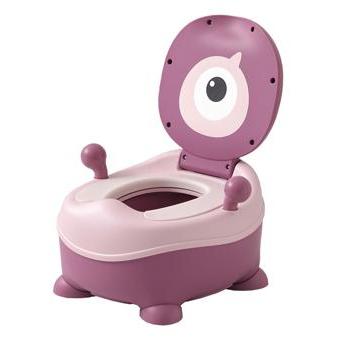
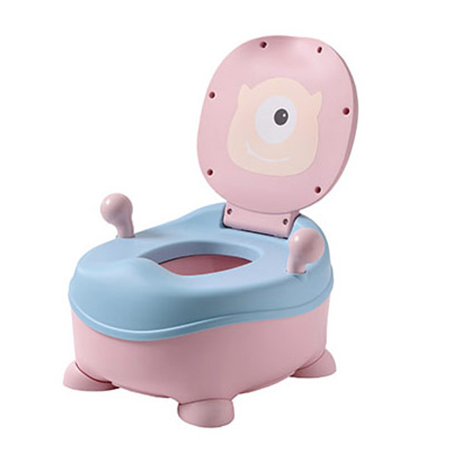
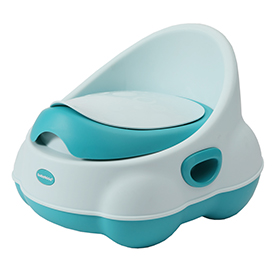
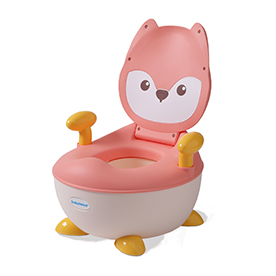
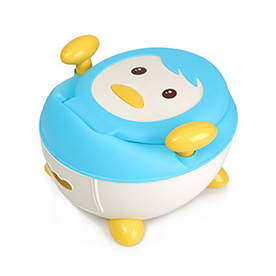
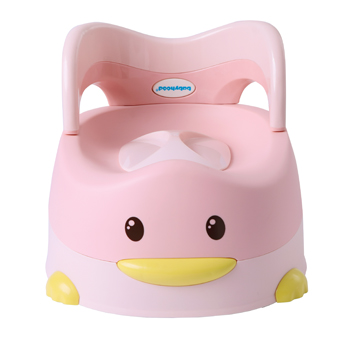
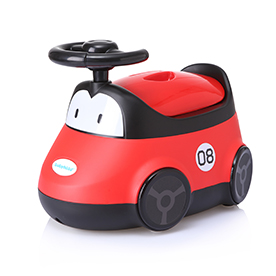
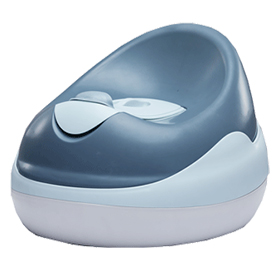
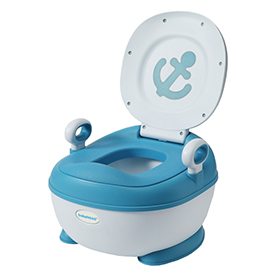
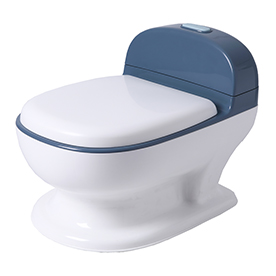
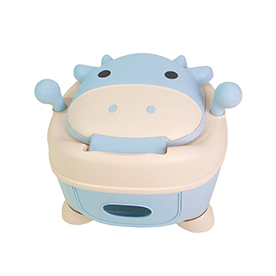
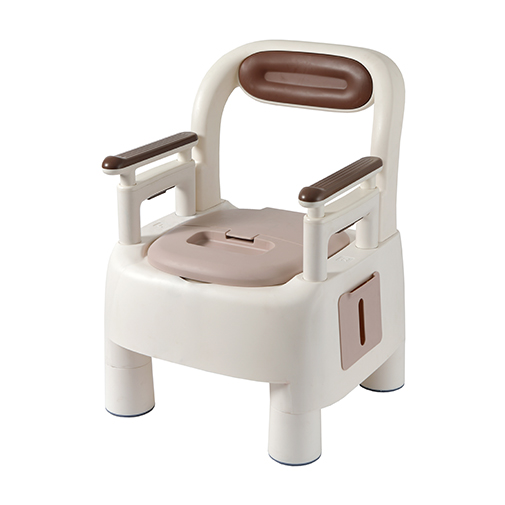
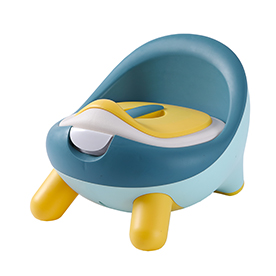
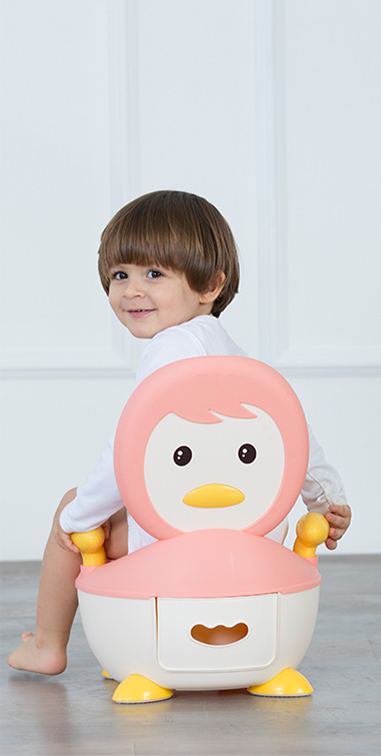
The baby will sit after 6 months. Therefore, mothers can start training the baby to use the potty aged 6 to 8 months. They should choose the baby potty that matches the baby's growth stage so that the baby can be safer and more comfortable when urinating. From 6 months to 24 months, it is not a simple thing to train the baby to use the baby potty training toilet, but once the good habit is formed, the baby can say "goodbye" to the diaper.
Our babyhood potty such as fox potty has a lovely design, bright colors, and an anti-skid design at the bottom, which can better cooperate with the baby's potty training. when using the toilet, the assistance and care of adults are also required.
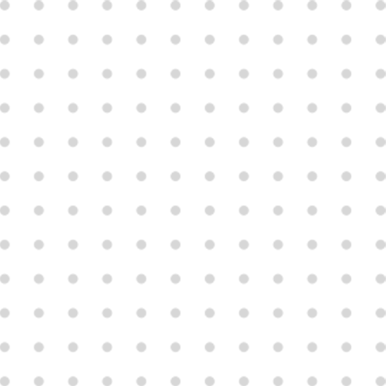

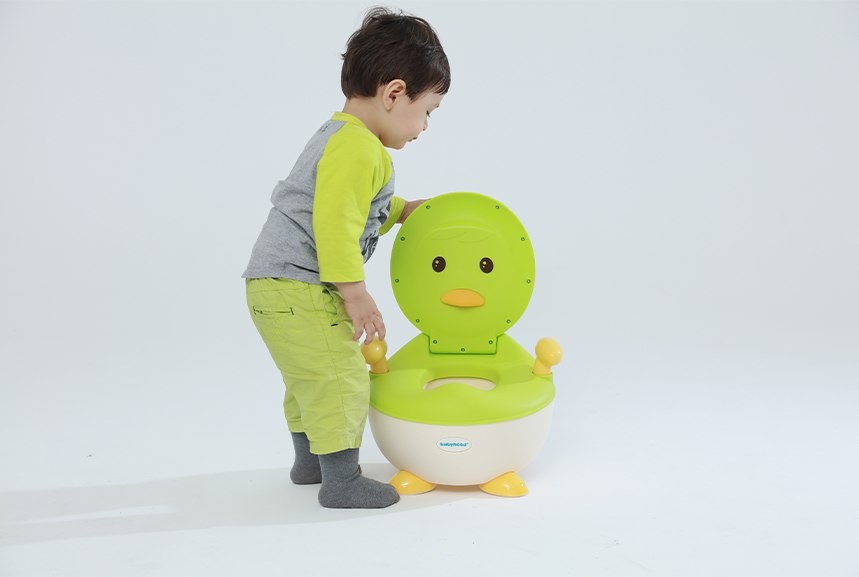
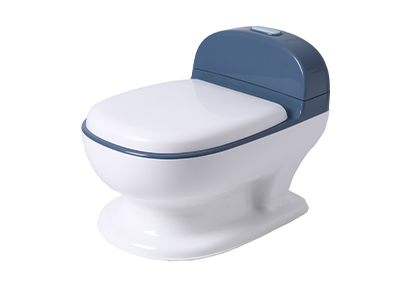
Choose the detachable design of the baby potty chairs, which is convenient for dumping and cleaning.
Choose a baby-led potty training seat with the appropriate size, please note that the size refers to the size of the toilet seat, not the size of the whole toilet. If the toilet seat is too large, the baby's ass will fall down and get stuck in it easily, which is not safe. It shouldn't be too small, or the urine will splash out.
It is best to choose the newborn potty that your baby likes, which is conducive to stimulating his interest in going to the toilet.
Before buying the baby potty, touch the toilet with your hand to see if there is a sharp part. And try to avoid buying burr products, so as not to scratch the baby.
Cleaning the baby potty is an important part of maintaining hygiene and ensuring a pleasant potty training experience. Here are some tips to help you clean a baby potty effectively:
Read the Instructions: Before cleaning the potty, carefully read the manufacturer's instructions for any specific cleaning recommendations or restrictions.
Wear Gloves and Prepare Supplies: To protect your hands, wear disposable gloves while cleaning the potty. Gather the necessary cleaning supplies, such as mild soap or detergent, warm water, a scrub brush or sponge, and paper towels or cloth for drying.
Empty Waste and Flush: Start by emptying the contents of the potty into the toilet. Flush away the waste and rinse the potty with water to remove any remaining residue.
Disassemble if Applicable: If your potty has removable parts, disassemble them as instructed. This makes it easier to clean each component thoroughly.
Wash with Soap and Water: Use warm water and mild soap or detergent to clean the potty. Scrub all surfaces, including the seat, inner bowl, and any crevices, to remove any stains, odor, or residue. Pay extra attention to areas that come into direct contact with your baby.
Rinse Thoroughly: After washing, rinse the potty with clean water to remove any soap or detergent residue. Ensure there are no traces of cleaning agents that could irritate your baby's skin.
Dry Completely: Wipe the potty with paper towels or a clean cloth to remove excess moisture. Allow the potty to air dry completely before reassembling or storing it. Ensure it is completely dry to prevent the growth of bacteria or mold.
Clean Regularly: It is essential to clean the baby potty regularly, especially after each use. This helps maintain cleanliness and hygiene throughout the potty training process.
Sanitizing: If desired, you can use a child-safe disinfectant or sanitizing solution recommended by the manufacturer or your pediatrician. Follow the instructions for proper usage and ensure it is safe for your baby's skin.
Storage: When not in use, store the clean and dry potty in a clean and accessible place, ready for your baby's next use.
By following these cleaning tips, you can keep the baby potty clean, hygienic, and ready for your little one's potty training sessions.
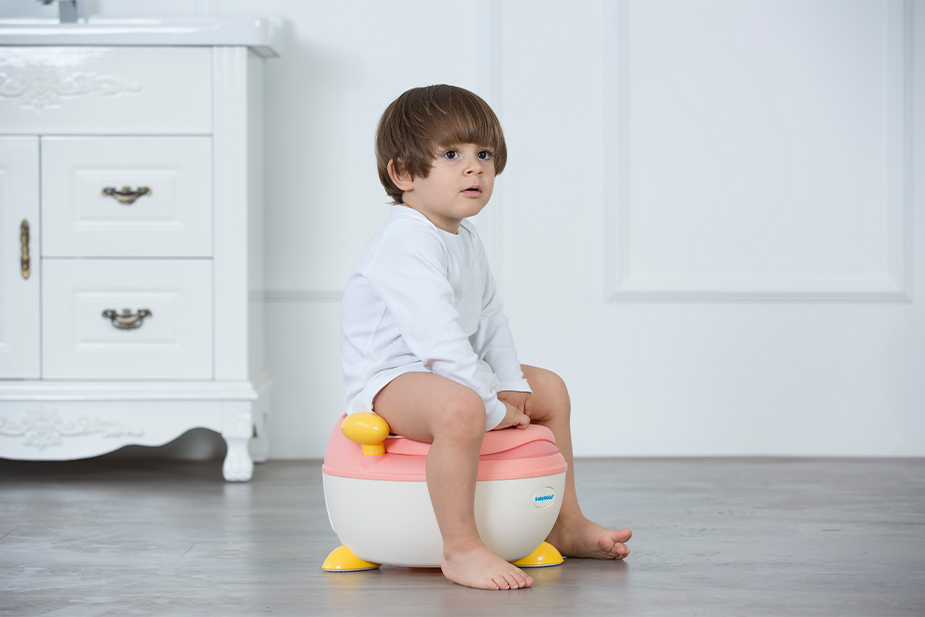
The frequency of putting a baby on the potty can vary depending on their age, developmental stage, and individual needs. Here are some general guidelines:
Newborns to 6 months: At this age, babies are not yet ready for potty training and typically use diapers. You can start introducing the concept of the potty by occasionally placing them on it during diaper changes or when you suspect they might need to eliminate.
6 months to 1 year: Some parents choose to begin early potty training, also known as elimination communication, during this period. It involves observing your baby's cues and offering the potty accordingly. Aim to put them on the potty at regular intervals, such as upon waking up, after meals, or before bath time.
1 year and older: As your baby grows older and starts showing signs of readiness for potty training, such as staying dry for longer periods, being aware of their bodily functions, or expressing discomfort when wet or soiled, you can establish a more structured potty routine. Offer the potty upon waking up, before and after meals, before leaving the house, and before bedtime. You can also encourage them to use the potty whenever they show signs of needing to go.
Remember that each baby is unique, and it's important to be patient and responsive to their individual cues and needs. As you observe your baby's behavior and patterns, you can adjust the frequency of potty visits accordingly. Additionally, maintaining a positive and encouraging attitude throughout the process can help make it a more pleasant experience for both you and your baby.
When choosing a potty for your baby, there are a few factors to consider. Here are some tips to help you make a decision:
Size and Comfort: Look for a potty that is the right size for your baby. It should be comfortable for them to sit on with their feet resting on the ground or a footrest. Consider the seat dimensions and height to ensure a good fit for your child.
Stability and Safety: Opt for a potty that is stable and has a wide base to prevent tipping over. It should have a non-slip bottom to keep it securely in place, especially on smooth surfaces. Make sure there are no sharp edges or parts that could potentially harm your baby.
Easy to Clean: Potty training involves messes, so choose a potty that is easy to clean. Look for models with a removable inner bowl or a design that allows for easy emptying and cleaning. Some potties have splash guards or anti-drip features to minimize messes.
Portability and Storage: If you plan to use the potty outside of your home or want the flexibility to move it around the house, consider a portable and lightweight option. Look for potties that are easy to disassemble and carry. Additionally, check if the potty is compact enough to be stored when not in use.
Additional Features: Some potties come with extra features that can be helpful, such as a built-in step stool, handles for support, or a removable seat that can be placed on a regular toilet. These features can make the potty more versatile and useful during different stages of potty training.
Child-Friendly Design: Choosing a potty with appealing colors, patterns, or characters that your child likes can make it more inviting and engaging for them. A potty that resembles a miniature toilet can also help in the transition from potty to toilet later on.
Reviews and Recommendations: Read reviews from other parents to get insights into the pros and cons of different potty models. Recommendations from friends, family, or parenting communities can also be valuable in finding a reliable and suitable option.
Remember that every child is different, so what works for one child may not work for another. It may be helpful to involve your child in the decision-making process by letting them choose their potty or allowing them to try different models to see which one they feel most comfortable with.
This is not achieved in a short time, which usually takes a long time (about 3-6 months).
In order to ensure the safety of babies when using the toilet, generally speaking, it is recommended that babies use the potty first. But for babies who over 8 months, you can start using the potty seat.
As a professional baby product company, the logo and color can be customized, as long as the quantity reaches 1000 pcs.
Within 25-35 days after confirming your requirement.
